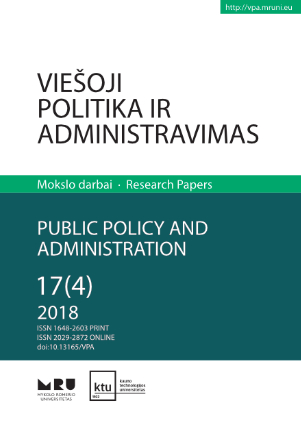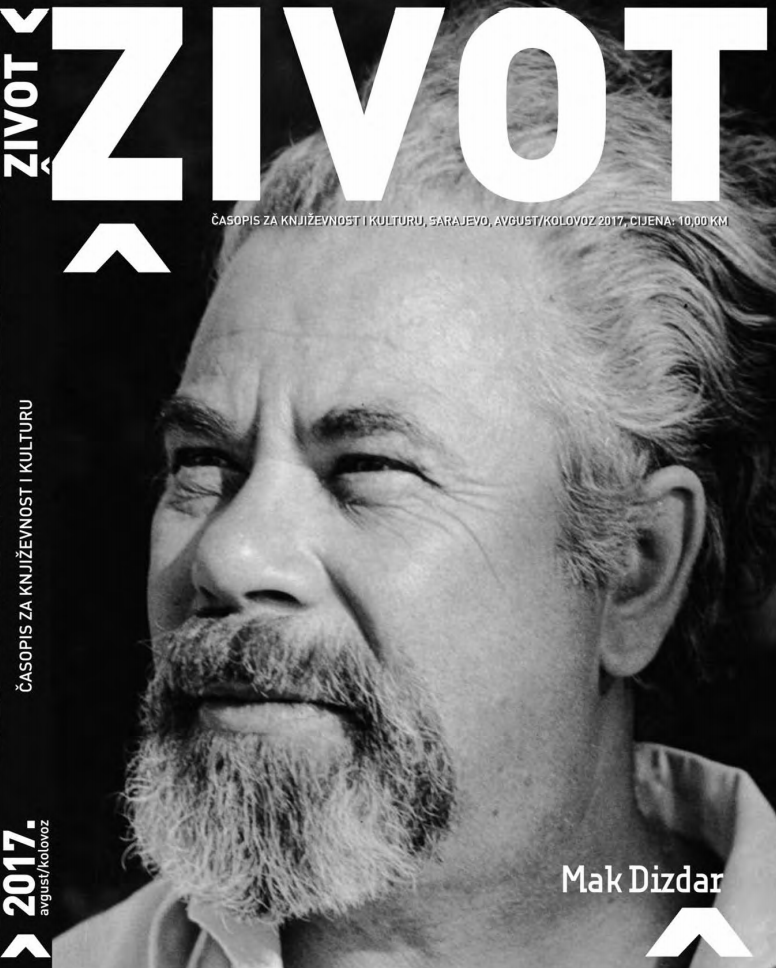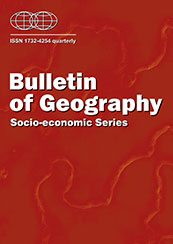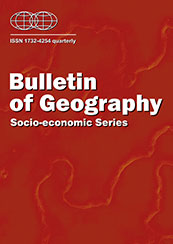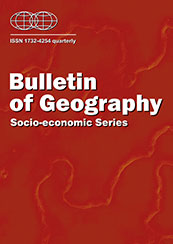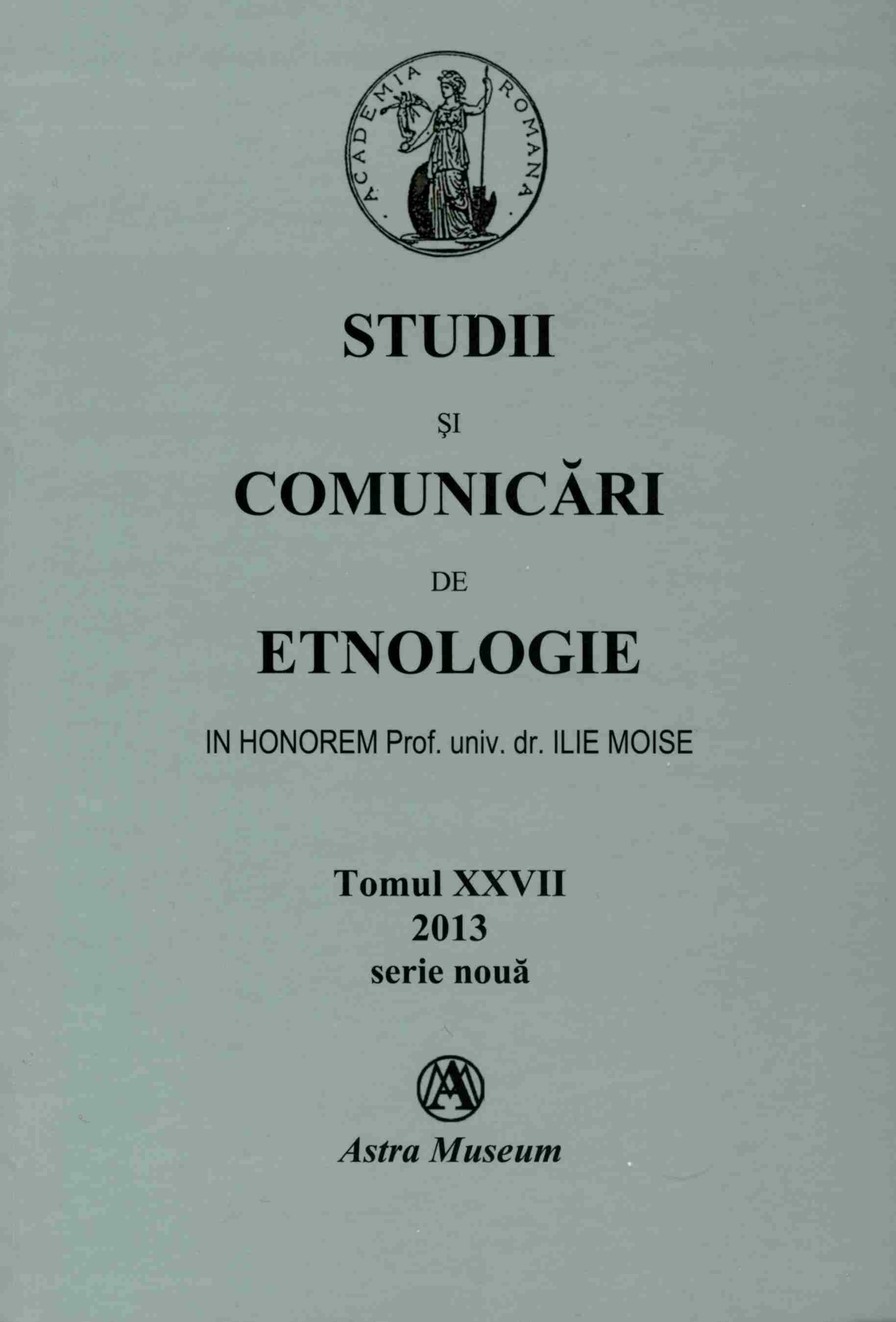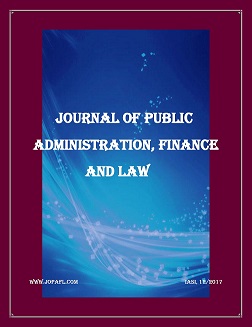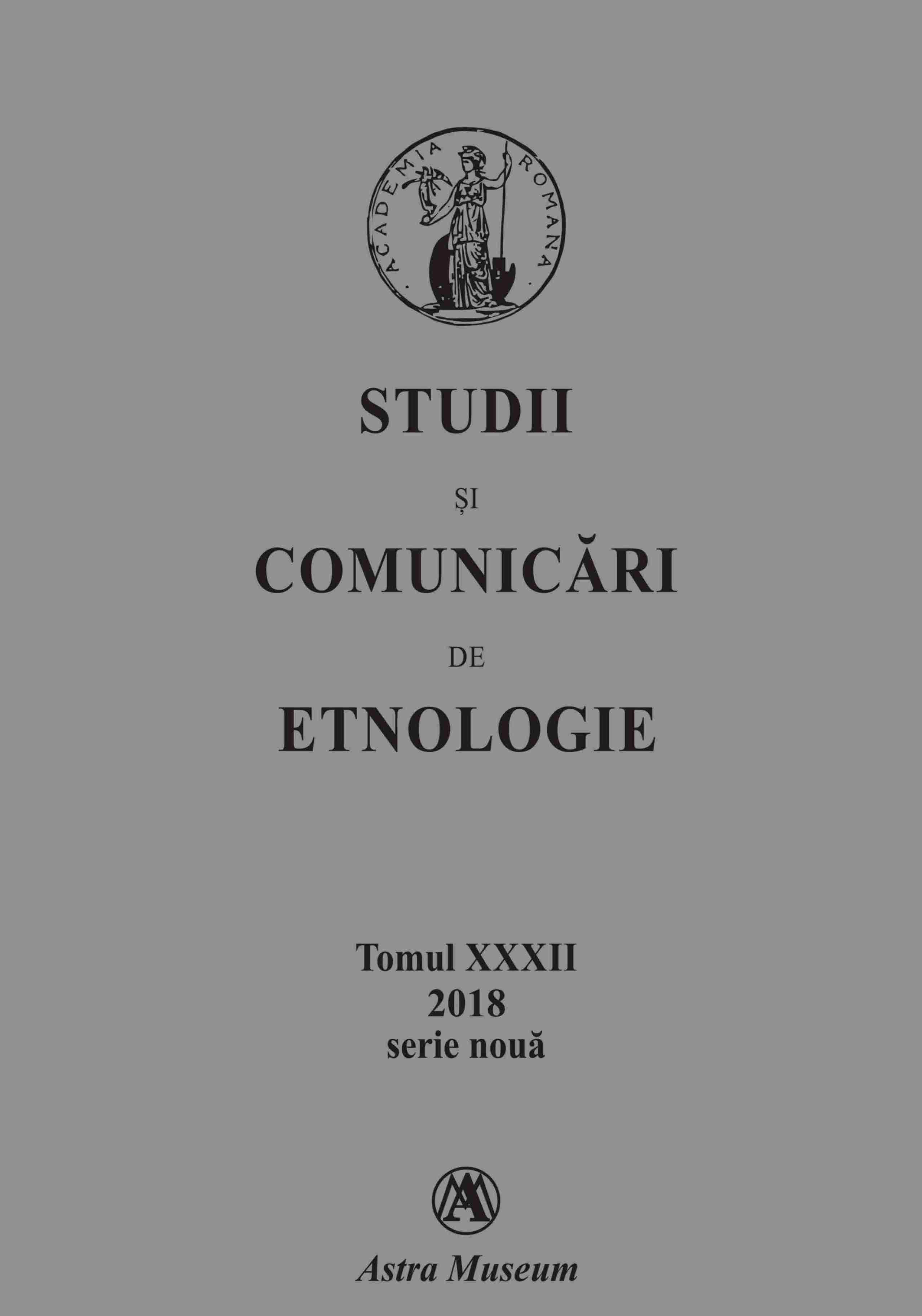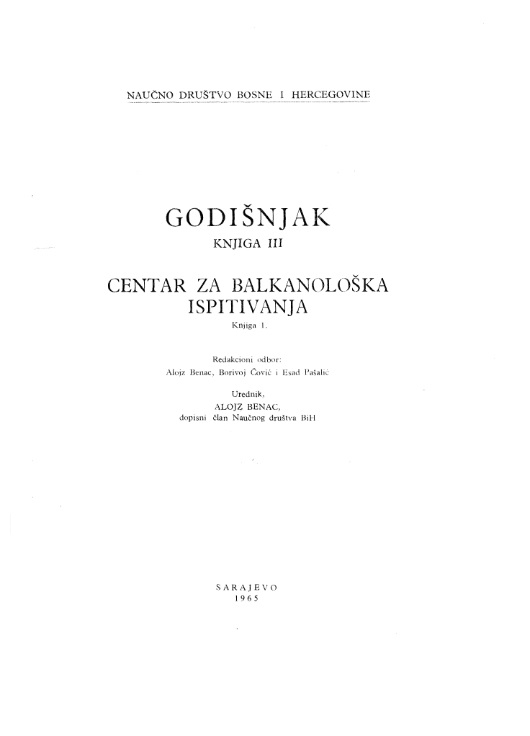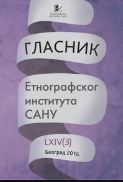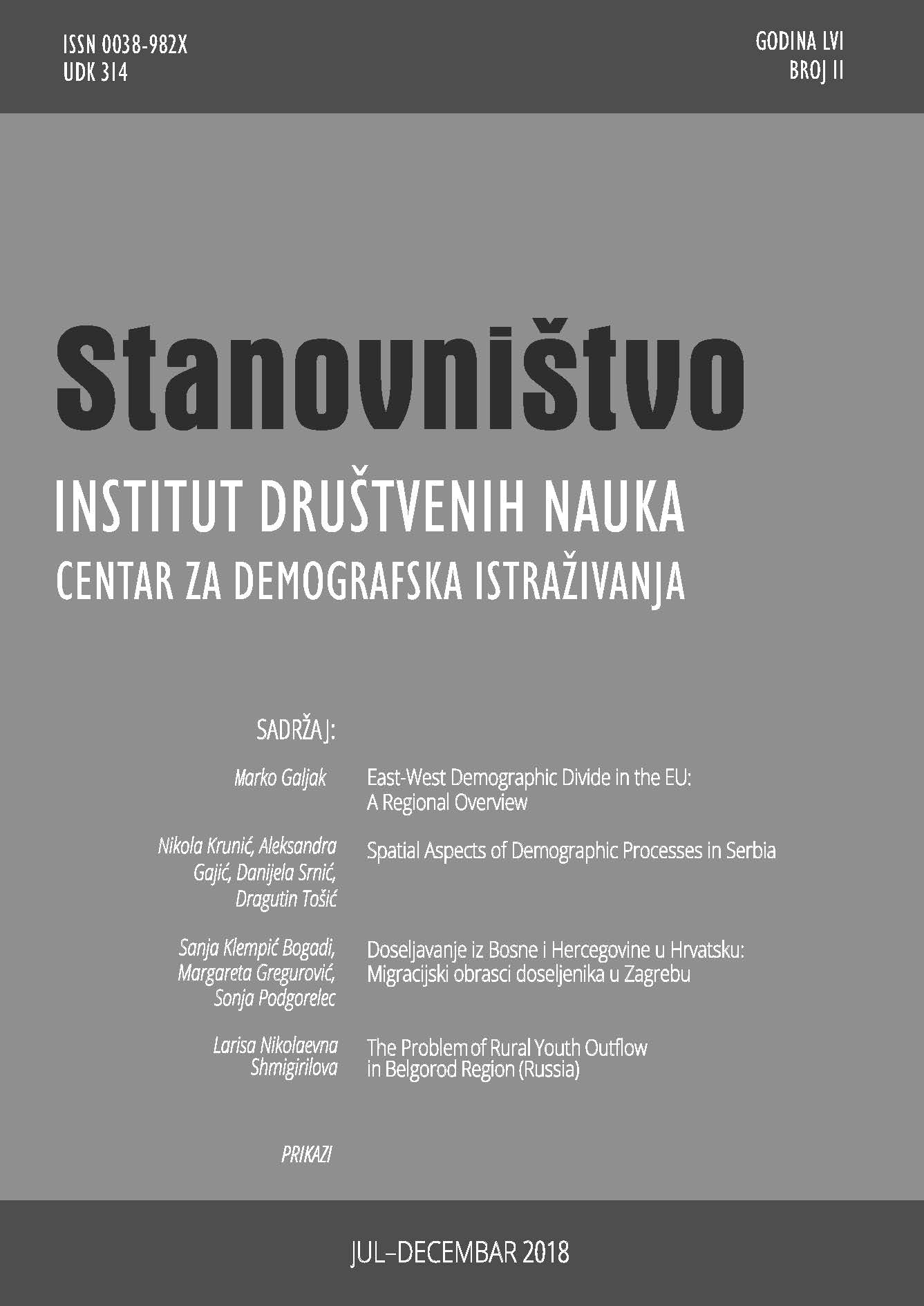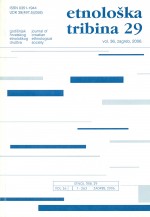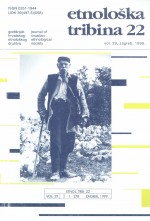NOTES ON SPATIAL-STRUCTURAL CHANGE IN URBAN SOUTH AFRICA -THE 1990S
Informal businesses used to be something that was only tolerated in the former black townships during the years of apartheid. Since then the informal business sector has become an integral part of the central business setup of cities in South Africa. It not only serves to widen the security net of the urban poor in cities, it also represents the outcome of the democratization process in the country over the past fifteen years. Yet, there has been a tendency amongst local authorities to take steps to reduce the footprint of this sector in the urban environment in recent years. This trend ties in with the new approach of government to transform South African cities to become ’world class’ centres - a step that is aimed at making the cities more visually acceptable to visitors from abroad. In this paper an attempt is made to demonstrate the importance of the informal sector within the urban business makeup and to show what role it played in the spatial-structural evolution of the urban economies during the 1990s. The paper analyzes the structure of the urban business sector as a whole and structurally links the formal and informal sectors, demonstrating the importance of both sectors in the economic makeup of the cities. It analyses the structure of the informal sector and shows how different layers of the sector potentially relates to the formal urban sector.
More...
